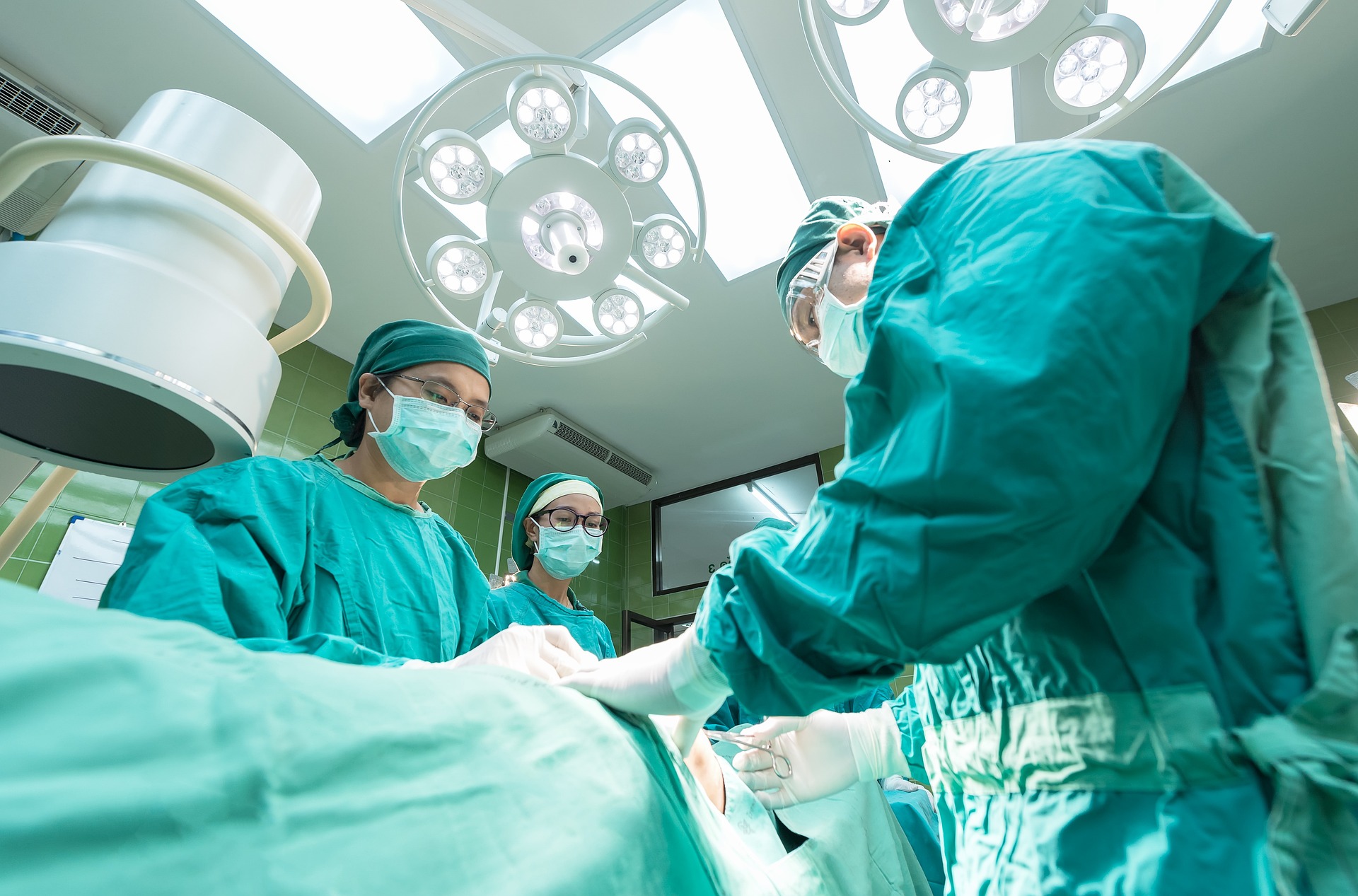Liposuction Explained: Procedures, Benefits, and Risks
Liposuction is a targeted surgical option for removing stubborn fat pockets that resist diet and exercise. This body contouring technique sculpts specific areas rather than offering weight loss, and can produce lasting improvements when paired with a healthy lifestyle. Learn how the procedure works, who makes a good candidate, expected recovery, and potential risks so you can make an informed choice about fat removal and body shaping.

Liposuction Explained: Procedures, Benefits, and Risks
Liposuction is a cosmetic surgical technique designed to remove localized fat deposits and refine body contours. Often called lipoplasty or body contouring, it targets areas that remain resistant to diet and exercise. While many people see immediate changes, liposuction is not a method for losing large amounts of weight; it is intended to reshape and balance proportions by extracting targeted fat.
How the procedure works
During liposuction, the surgeon makes small incisions and inserts a thin hollow instrument called a cannula. The cannula is moved back and forth to break apart fat cells, which are then suctioned out of the body. The exact approach and tools can vary—techniques include tumescent liposuction, ultrasound-assisted, and laser-assisted methods—but all share the same goal of removing fat and improving contours.
How much fat can be safely removed depends on several factors: the patient s overall health, the treated area, and the surgeon s professional judgment. Because the procedure removes volume rather than addressing weight, candidates should view liposuction as a contouring procedure rather than a weight-loss solution.
Benefits of liposuction
Liposuction can offer several advantages for people looking to refine their silhouette:
-
Targeted fat removal: Unlike dieting, which reduces fat across the entire body, liposuction zeroes in on specific problem zones such as the abdomen, hips, thighs, arms, or neck.
-
Improved proportions: By selectively reducing fat in one area, liposuction can help achieve a more balanced, harmonious body shape.
-
Self-confidence boost: Many patients report greater body satisfaction and improved self-esteem after the procedure.
-
Long-lasting outcome: If patients maintain a stable weight and healthy habits, results from liposuction tend to be durable.
-
Versatility: The technique can be applied to multiple body areas and combined with other cosmetic procedures for comprehensive reshaping.
Who is an ideal candidate
Not everyone is suited for liposuction. Candidates most likely to benefit commonly share these traits:
-
Good overall health and no medical conditions that would complicate surgery or healing.
-
Near or at a stable, healthy weight with localized fat deposits that do not respond to diet or exercise.
-
Reasonable skin elasticity so the skin can adapt to the new contours after fat removal.
-
Realistic expectations about outcomes; understanding that liposuction sculpts the body but does not serve as a primary weight-loss method.
-
Non-smokers or those willing to quit before and after surgery, as smoking impairs healing.
-
Age is not an absolute barrier, but older patients may have reduced skin elasticity, which can affect final results.
Potential risks and side effects
Like any surgery, liposuction carries risks that should be discussed with your surgeon:
-
Bruising and swelling: These are common and usually resolve over weeks.
-
Temporary numbness or changes in skin sensation; in rare instances these changes can be long-lasting.
-
Contour irregularities: If fat removal is uneven, the surface can appear bumpy or wavy.
-
Infection at incision sites, though infrequent when proper sterile technique and aftercare are followed.
-
Fluid collections (seromas) that may require drainage.
-
Rare but serious complications such as fat embolism, where loosened fat enters the bloodstream.
-
Risks related to anesthesia, which vary depending on the type used and the patient s health.
A thorough preoperative evaluation and choosing an experienced, board-certified plastic surgeon help reduce these risks.
Comparing liposuction to other options
| Procedure | Target Area | Invasiveness | Typical Recovery | Results Timeline |
|---|---|---|---|---|
| Liposuction | Multiple body areas (abdomen, thighs, arms, neck, etc.) | Minimally invasive | 1–2 weeks for normal activity; longer for full recovery | Immediate contour changes; final result over months as swelling subsides |
| Abdominoplasty (tummy tuck) | Abdomen (including excess skin and muscle tightening) | More invasive | 2–4+ weeks; longer downtime | Dramatic reshaping immediately; scars and healing take months to mature |
| Non-invasive fat reduction (e.g., cryolipolysis) | Small, localized areas | Non-invasive | Little to no downtime | Gradual fat reduction over several weeks to months |
Prices, rates, or cost estimates mentioned are approximate and may change over time. Independent research is advised before making financial decisions.
Recovery and aftercare
Recovery varies with the extent of treatment and individual healing. Expect some discomfort, bruising, and swelling in the early days. Surgeons usually recommend compression garments to reduce swelling, support tissues, and improve contour outcomes. Most people can return to desk work within a few days to a week, but strenuous exercise and heavy lifting should be avoided for several weeks.
Visible improvements appear right away, but final results emerge over weeks to months as swelling resolves and the skin contracts. Regular follow-up visits are important so your surgeon can monitor healing and address any concerns early.
Making an informed decision
If you re considering liposuction, research board-certified plastic surgeons, review before-and-after photos, and ask about technique, expected results, risks, and recovery timelines. A thorough consultation—covering medical history, realistic goal setting, and options that might better suit your needs—will help determine whether liposuction is the right step.
This article is for informational purposes only and should not be considered medical advice. Please consult a qualified healthcare professional for personalized guidance and treatment.






